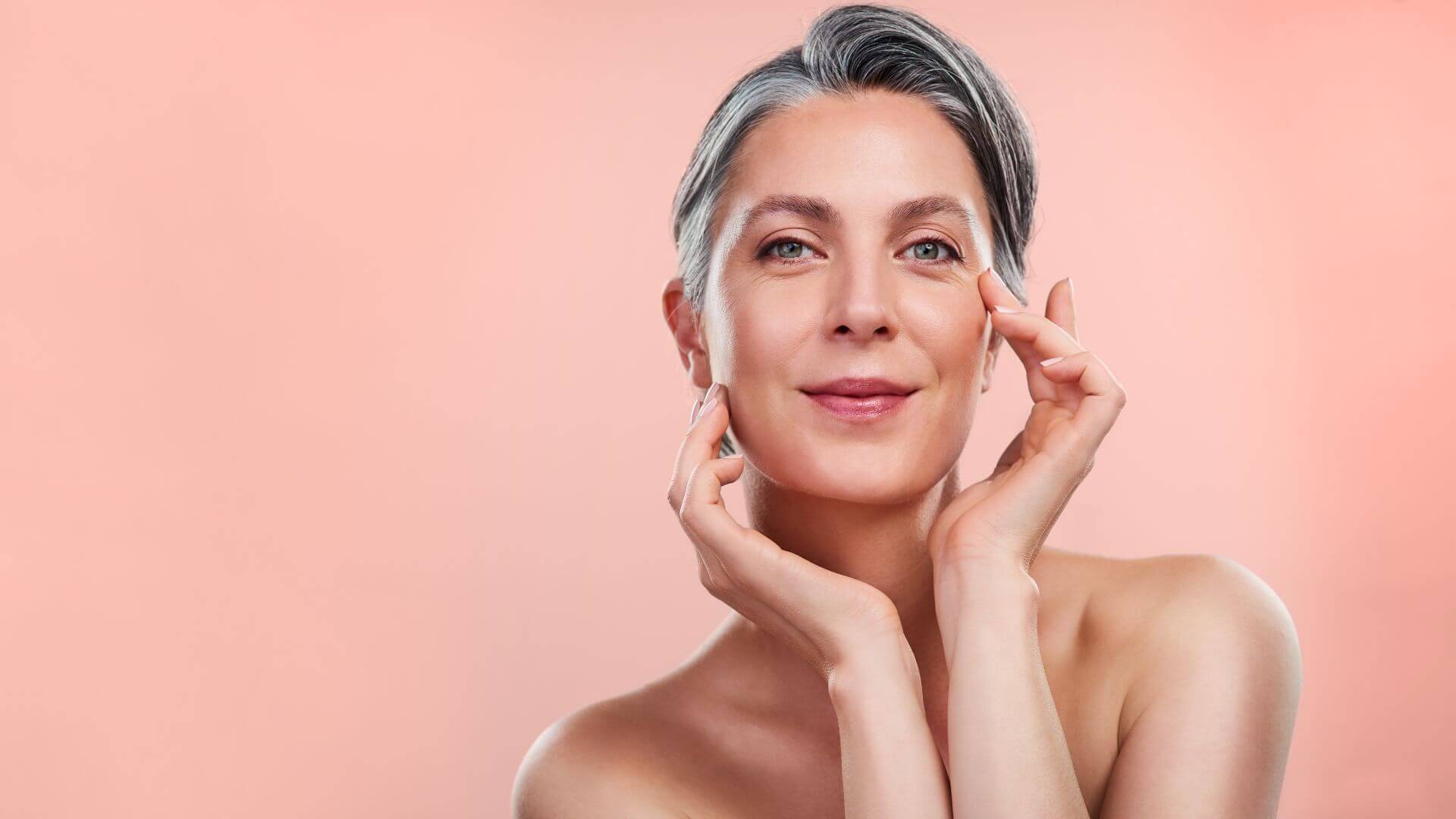Acne scars and uneven skin texture are common concerns for many people. These issues can impact both skin appearance and confidence, prompting an interest in advanced cosmetic treatments. Platelet-Rich Plasma (PRP) therapy has gained attention as a potential approach for addressing these challenges. Here is more information on PRP, its mechanism, and how it can potentially assist in improving acne scars and skin texture:
Understanding PRP Therapy
Platelet-Rich Plasma (PRP) is derived from the patient’s own blood and contains a high concentration of platelets. Platelets play an active role in healing and tissue regeneration since they release growth factors that encourage cellular repair processes. The procedure involves drawing a small amount of blood, separating the platelets using a centrifuge, and injecting the concentrated plasma back into specific areas of the skin.
PRP therapy has sparked interest due to its non-invasive nature and its reliance on the body’s natural healing processes. When introduced into targeted areas, the growth factors in PRP can stimulate collagen production and tissue regeneration, which are associated with improved skin appearance over time. This makes it a promising addition to professional aesthetic treatments.
Addressing Acne Scars
Acne scars primarily form when the skin’s natural healing process fails to restore its prior structure after severe acne. Depending on the damage, these scars may appear depressed, raised, or discolored. PRP is utilized in treating acne scars because it can stimulate collagen synthesis. Collagen is a key protein responsible for the skin’s firmness and elasticity. By encouraging collagen production, PRP may help smooth the appearance of depressed scars, leading to a more even skin surface.
Its regenerative properties may also reduce pigmentation associated with certain types of acne scars, improving skin tone. Some professionals combine PRP with micro-needling procedures. During micro-needling, fine needles create controlled micro-injuries in the skin, boosting the natural healing response. Applied together, micro-needling can create pathways that allow PRP to reach deeper layers, which may enhance the overall treatment outcome.
Enhancing Skin Texture
Uneven skin texture often occurs due to factors such as aging, sun damage, or prior skin conditions like acne. Roughness, enlarged pores, or lack of elasticity characterize this concern. PRP therapy may contribute to smoother skin texture by supporting the skin’s inherent rejuvenation abilities. The growth factors present in PRP target fibroblast cells, which are responsible for producing collagen and elastin. Both are necessary for maintaining skin softness, firmness, and resilience.
Studies suggest that regular PRP treatments may soften areas with coarse or rough texture. Over time, this can give the skin a refined appearance while helping achieve a natural, glowing complexion. While PRP alone holds potential for texture refinement, practitioners may recommend pairing it with chemical peels or other treatments to address deeper textural concerns.
Find a Med Spa
PRP therapy stands out as an innovative cosmetic treatment for individuals looking to address acne scars and uneven skin texture. Promoting collagen production and tissue regeneration offers possibilities for smoother, healthier-looking skin. Professionals often recommend this technique for its non-invasive nature and focus on the body’s natural healing capabilities. If PRP therapy sounds appealing, consult a qualified professional to understand how this treatment fits into your skincare goals. Personalized recommendations can help create an effective plan tailored to your unique skin concerns.

Leave a Reply